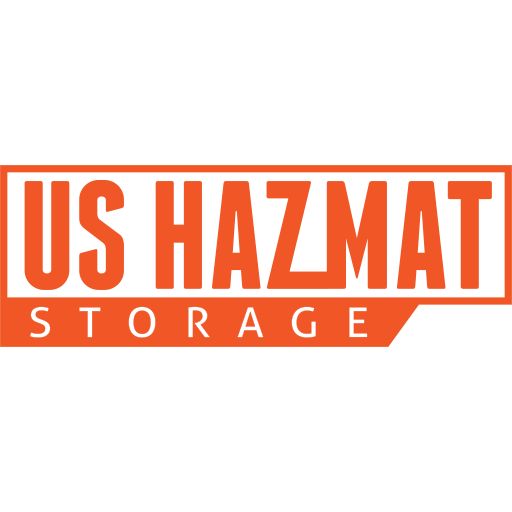Semiconductors or computer chips continue to be big business. In fact, computer chips remain on current pace to bypass oil as the world’s most valuable resource. Nothing is more valuable than data and information. Everything from banking transactions to the whims of individualized advertising profiles of Facebook users and capital comes from computer data. And what processes that data? Computer chips and semiconductors. These tiny chips power almost all modern electronics and touch every facet of daily life. Semiconductors can be found in computers, smartphones, appliances, video games and medical equipment. Every industry from communications and healthcare to transportation and clean energy rely on computer chips. But the chemicals and processes used to manufacturing them are extremely toxic to humans.
Computer Chips Connect the World
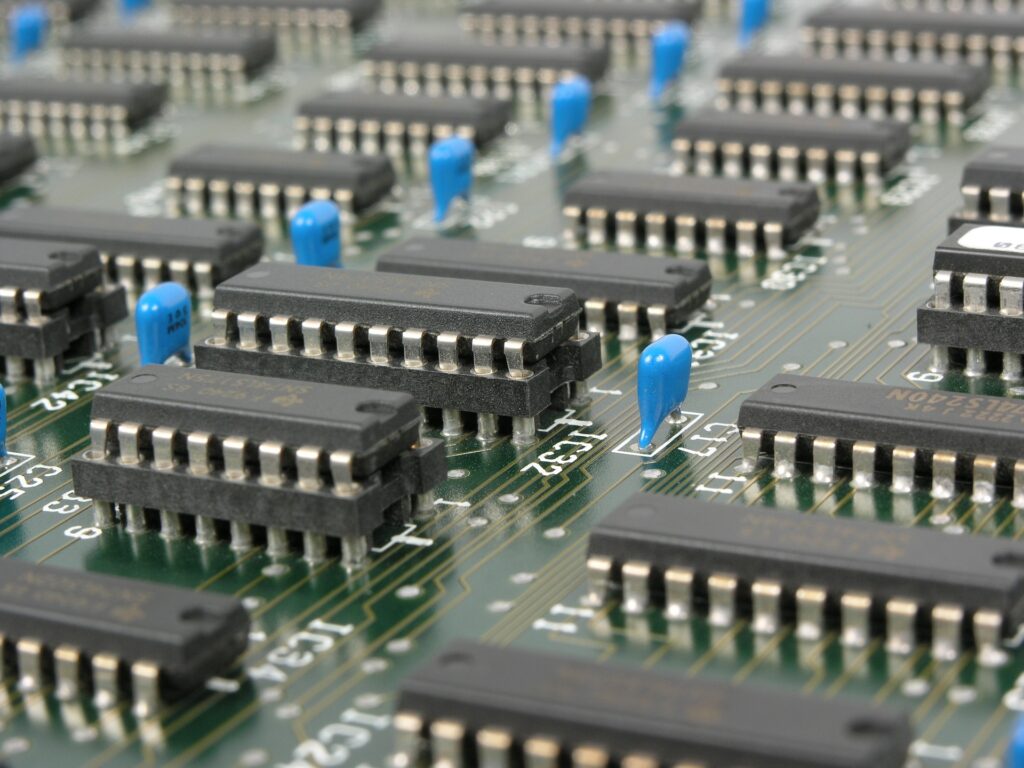
It’s no secret that future wars will be fought in cyberspace. The United States takes computer chips so seriously the Biden administration recently enacted legislation to limit the sell or development of computer chips to China, which is quickly arising as our prime nemesis in the Second Cold War. The legislation will also earmark funds to further stimulate the production of computer chips in America, including their proverbial birthplace in Silicon Valley. Currently, there are only a handful of locations worldwide that manufacture semiconductors and an even smaller amount that possess the technological blueprints for processing them, but that could soon change. We expect a growing number of ancillary companies to begin production of valuable, but dangerous chemicals used for semiconductor manufacturing.
Common Chemicals Used in Chip Manufacturing
- Xylenes
- Ammonia
- Copper
- Ethylene glycol
- Arsenic
- Nitrate compounds
- Hydrogen fluoride
- Cadmium
- Isopropyl alcohol
How to Protect Employees During Semiconductor Manufacturing
As you can tell from this exhaustive list, semiconductor facilities use several different types of liquids and solvents for making chips. These chemicals can be extremely toxic to humans, as they are known carcinogens. Even with the upmost care and due diligence in handling these dangerous chemicals, workers an unknowingly and inadvertently absorb these hazardous materials during manufacturing. Inhalation of harmful gasses and byproducts, such as carbon monoxide, are also cause for concern.
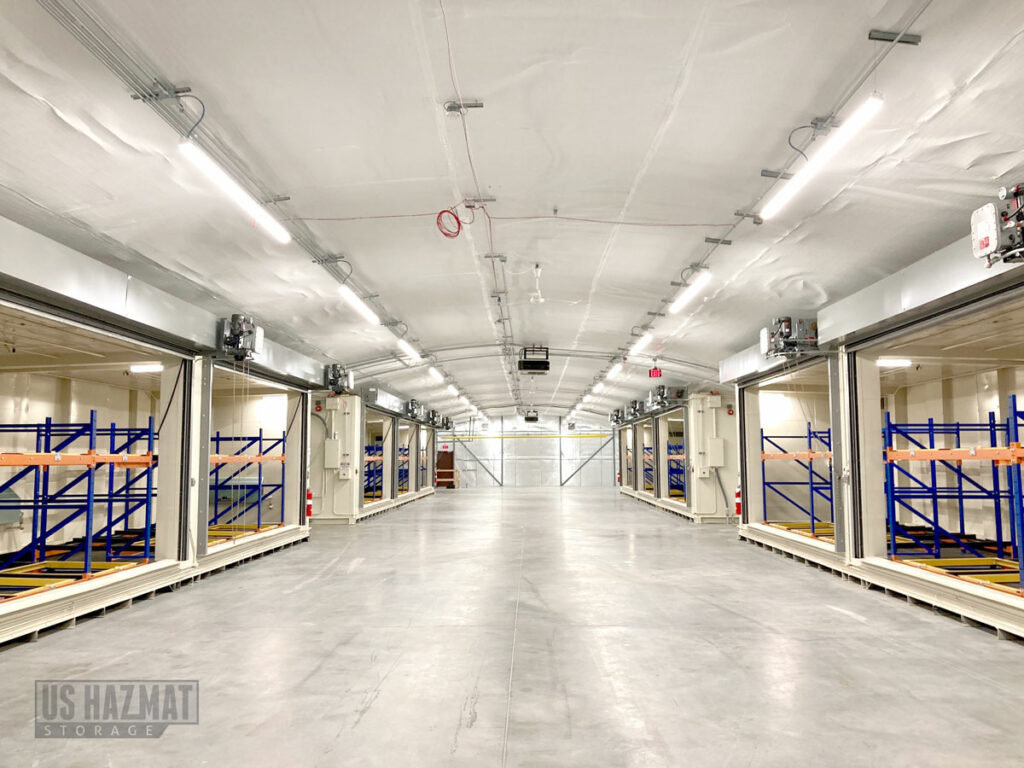
U.S. Hazmat Storage’s chemical storage lockers can handle a variety of differing classifications of dangerous chemicals used in the manufacturing of semiconductors and computer chips. Because computer chips rely on such an extensive list of dangerous incompatible materials, it may be necessary to install multiple lockers to remain federally compliant with the EPA and OSHA. Organizing different classifications of chip manufacturing chemicals could also lead to better organized facilities to streamline production, which is crucial during periods of upticks in expected quotas. If the pandemic taught car and electronic manufacturers anything, it’s that even the slightest interruptions in chip supply chains can halt manufacturing for weeks at a time. Segregated and compartmentalized storage also ensures chemicals will be put back in their proper place by employees once manufacturing is completed.
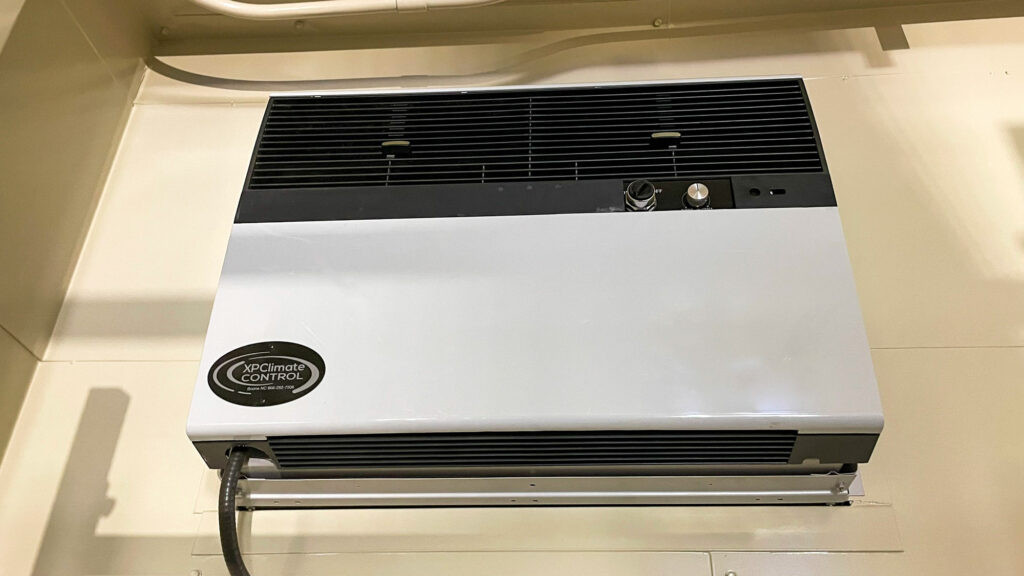

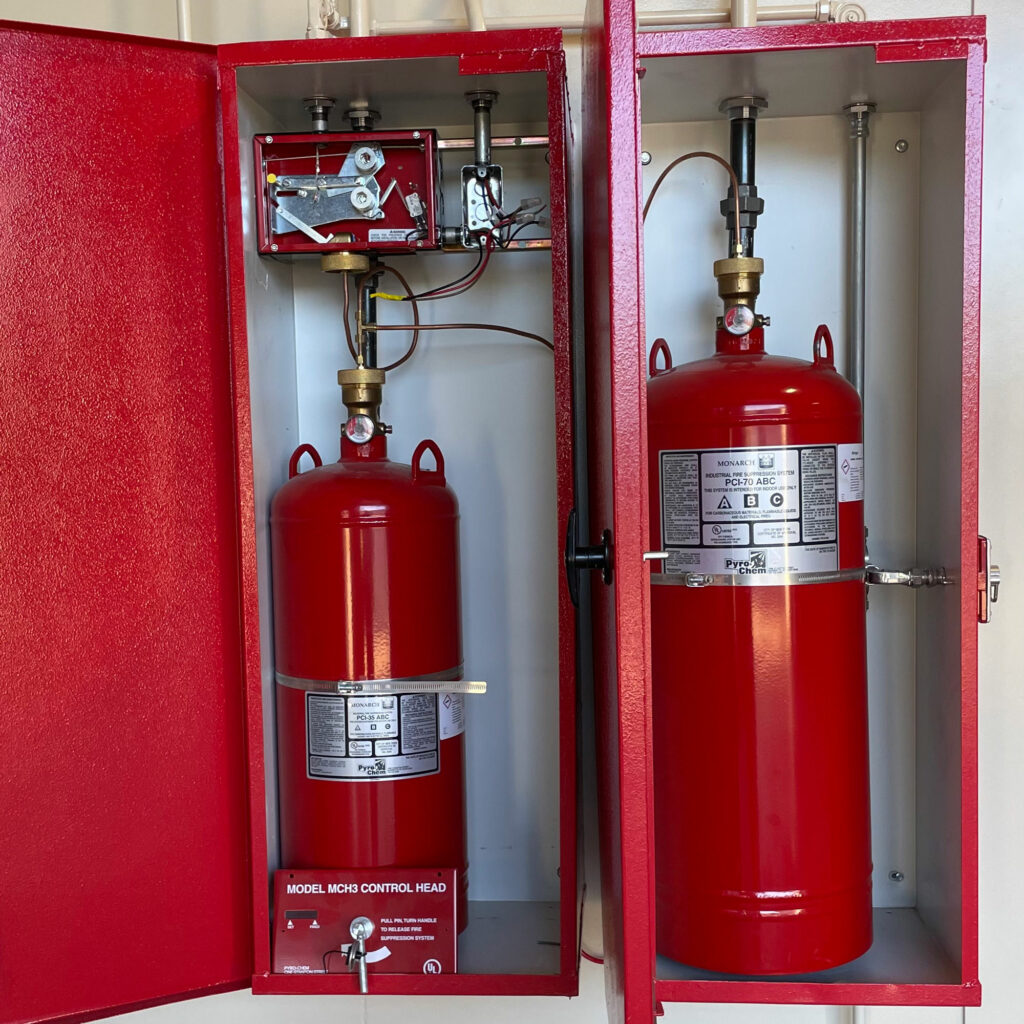
Chemicals used in the manufacturing of semiconductors are as valuable as they are toxic. These volatile chemicals constantly remain ultra sensitive to change. Even slight deviations in temperatures can damage vulnerable equipment and processes, such as thin films and etching. Our fire-rated chemical storage lockers come with optional climate control protection to protect sensitive chemicals. Air ventilation systems also prevents the potentially damaging accumulation of dust particles that can be harmful to films and chemicals.

